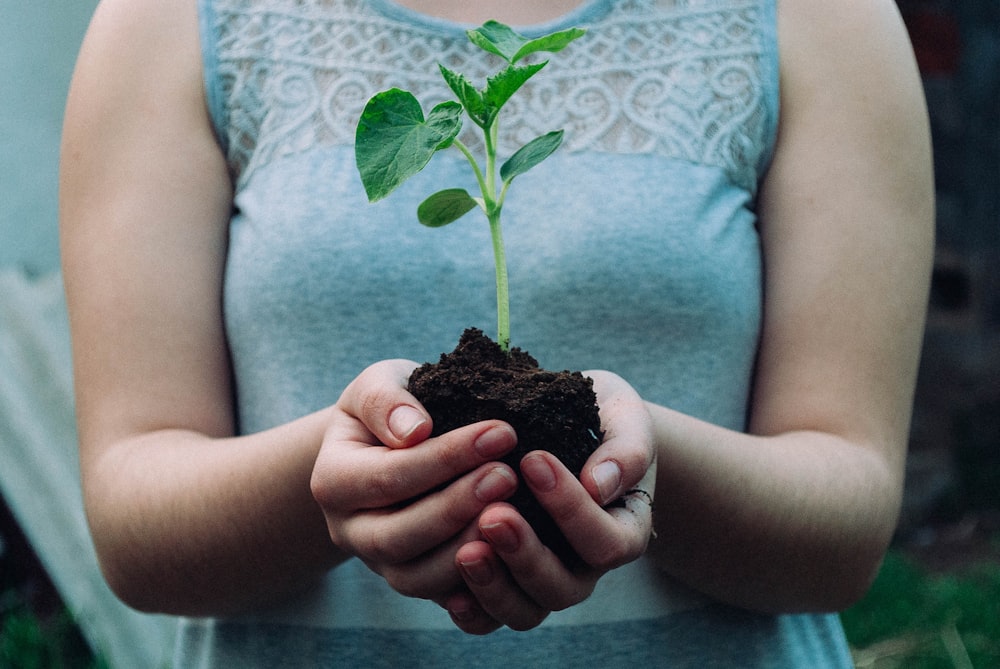Growing Healthy Cucumber Plants
Understanding Cucumber Plants
Cucumber plants are a popular choice for home gardeners due to their ease of cultivation and delicious fruits. These plants belong to the cucurbit family and thrive in warm, sunny conditions. Understanding the basic needs of cucumber plants is essential for successful cultivation.
Choosing the Right Variety
When growing cucumber plants, it’s essential to choose the right variety for your growing conditions and preferences. There are many different types of cucumber plants available, including slicing cucumbers, pickling cucumbers, and specialty varieties such as lemon cucumbers and burpless cucumbers. Consider factors such as your climate, available space, and intended use when selecting a variety.
Preparing the Soil
Cucumber plants prefer well-drained, fertile soil with a pH level between 6.0 and 7.0. Before planting, prepare the soil by loosening it with a garden fork or tiller and incorporating organic matter such as compost or aged manure. This will improve soil structure, fertility, and drainage, providing a healthy growing environment for cucumber plants.
Planting Cucumber Seeds
Cucumber seeds can be started indoors or directly sown into the garden, depending on your climate and growing season. If starting seeds indoors, plant them in biodegradable pots filled with seed starting mix about 2-3 weeks before the last expected frost date. Transplant seedlings into the garden once all danger of frost has passed, spacing them 12-18 inches apart in rows or hills.
Providing Adequate Support
Many cucumber varieties are vining plants that benefit from vertical support. Providing trellises, cages, or stakes for cucumber plants can help conserve space, improve air circulation, and prevent disease. Train cucumber vines to climb the support structure as they grow, gently guiding them as needed to prevent overcrowding and tangling.
Watering and Fertilizing
Cucumber plants have shallow roots and require consistent moisture throughout the growing season. Water plants deeply and evenly, ensuring that the soil remains consistently moist but not waterlogged. Avoid overhead watering, as wet foliage can increase the risk of disease. Additionally, fertilize cucumber plants regularly with a balanced fertilizer to promote healthy growth and fruit production.
Managing Pests and Diseases
Like all garden plants, cucumber plants are susceptible to pests and diseases that can affect their health and productivity. Common cucumber pests include cucumber beetles, aphids, and spider mites, while diseases such as powdery mildew and bacterial wilt can also be problematic. Monitor plants regularly for signs of pests or disease and take appropriate action to control infestations and prevent spread.
Harvesting Cucumber Fruits
Harvest cucumber fruits when they reach the desired size and color for their variety. Most slicing cucumbers are best harvested when they are 6-8 inches long, while pickling cucumbers are typically harvested when they are 2-4 inches long. Use clean, sharp scissors or pruners to cut fruits from the vine, taking care not to damage the plant.
Saving Seeds for Future Plantings
If you want to save seeds from your cucumber plants for future plantings, select healthy, mature fruits from the healthiest plants in your garden. Allow the fruits to ripen fully on the vine before harvesting and extracting the seeds. Rinse the seeds thoroughly to remove any pulp or debris, then spread them out to dry completely before storing them in a cool, dry place for future use.
Explore Cucumber Plants
Ready to grow your own cucumbers? Visit home-radiators.com for a wide selection of cucumber seeds, gardening supplies, and expert advice to help you get started. Whether you’re a novice gardener or an experienced grower, you’ll find everything you need to grow healthy, delicious cucumber plants and enjoy a bountiful harvest all season long.










